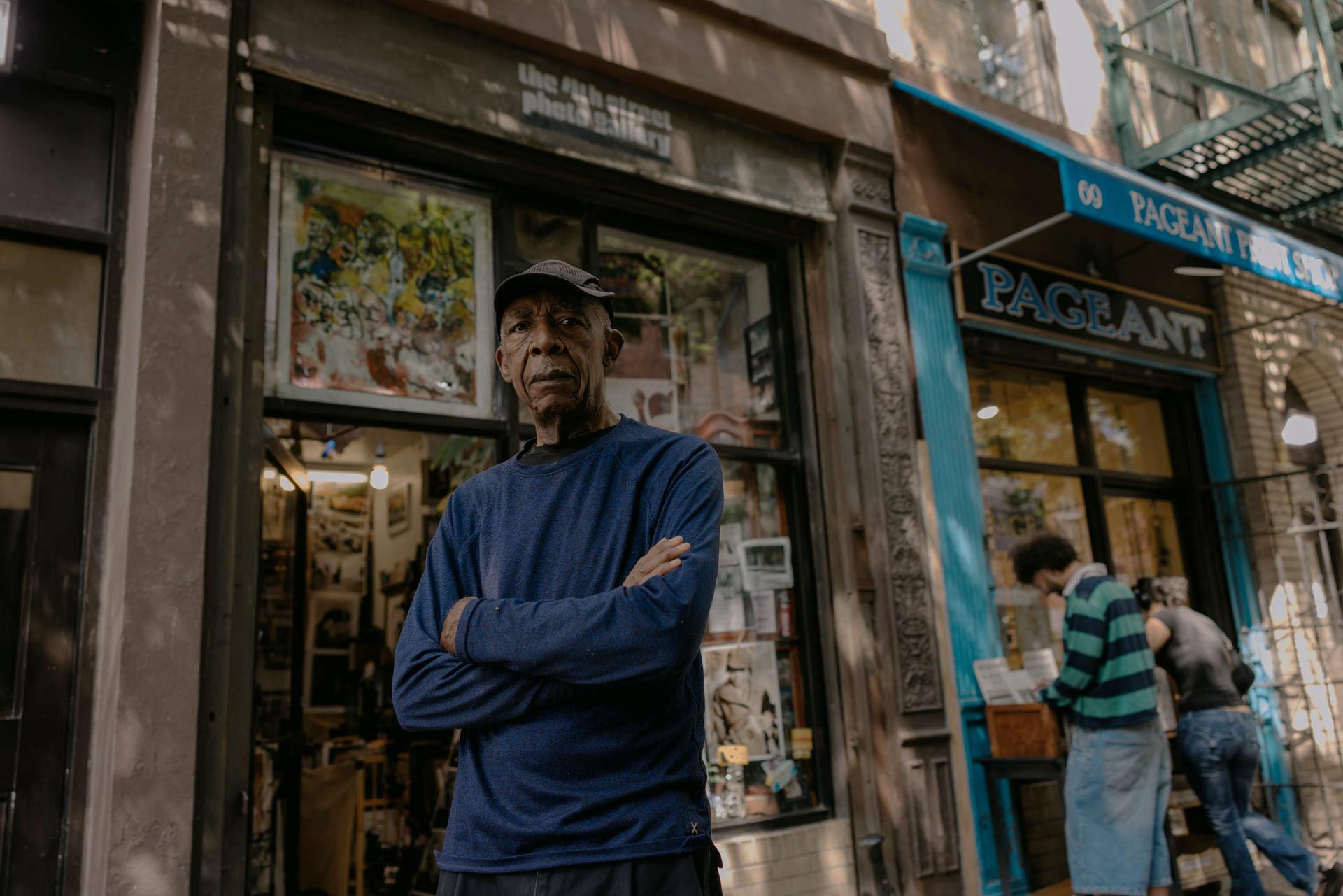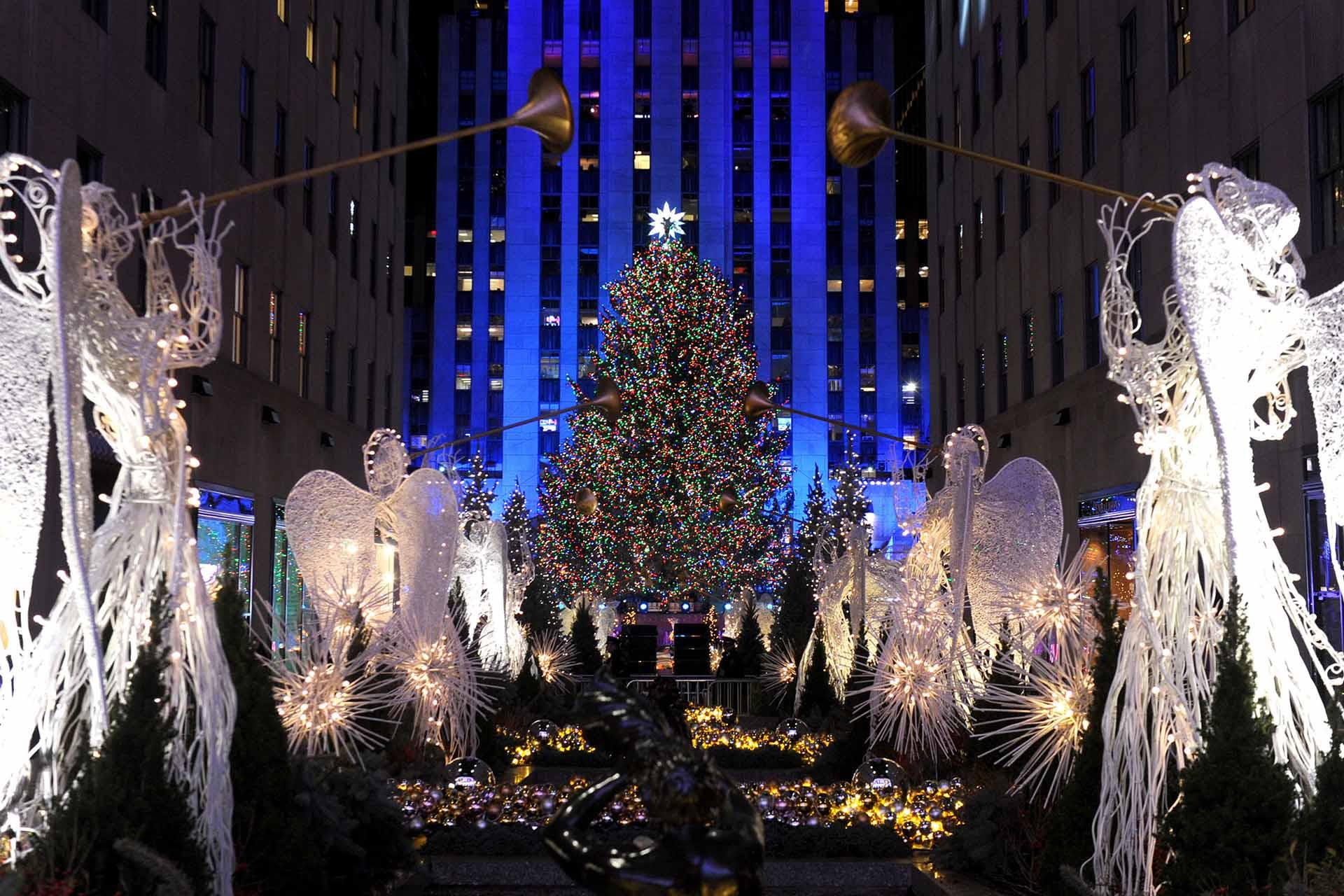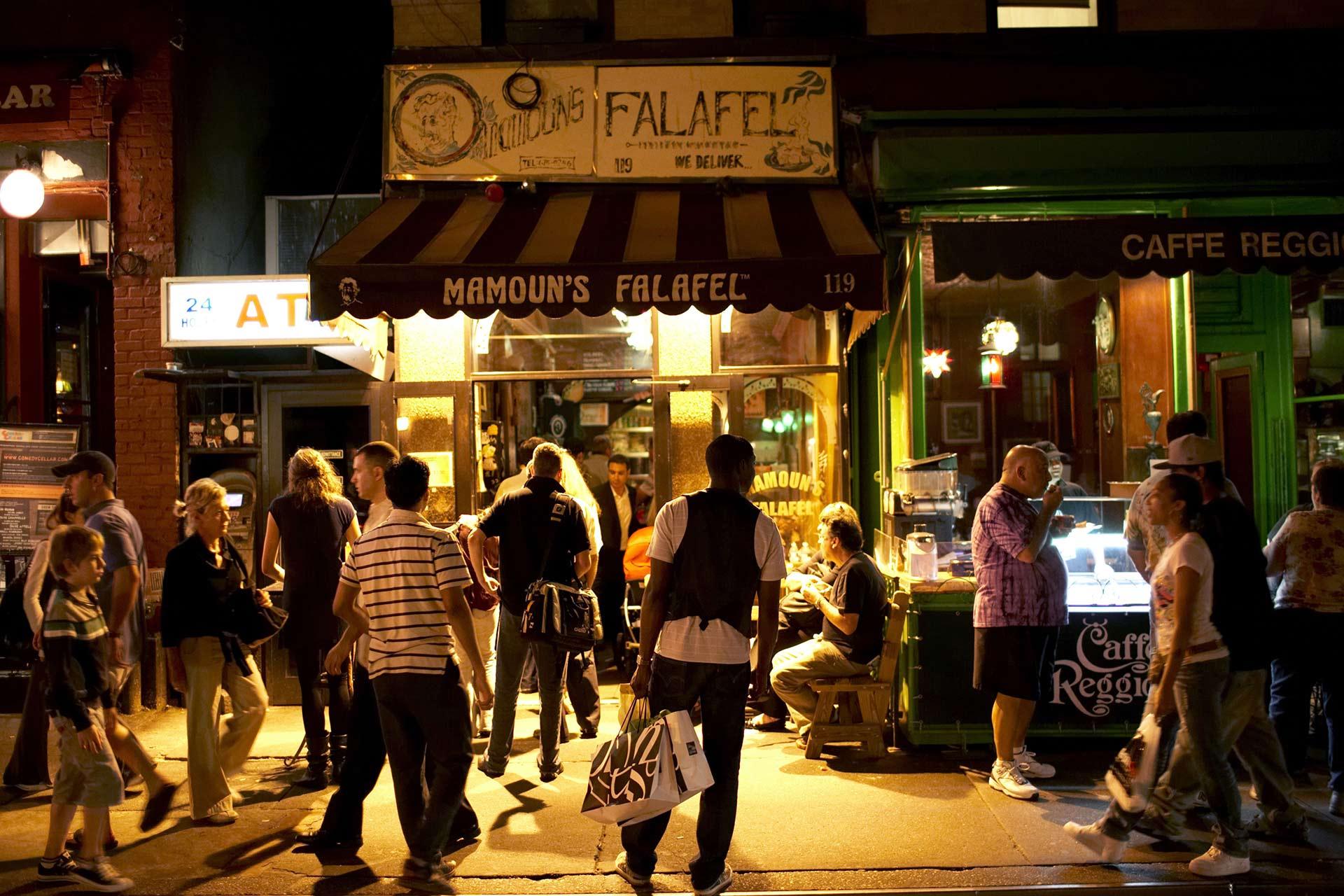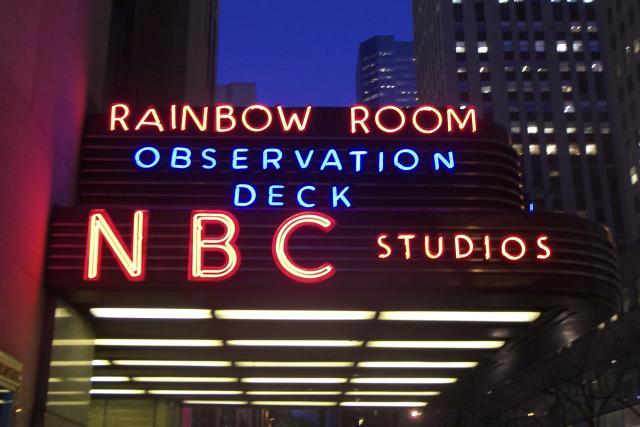No global sport gets more attention than the beautiful game of football, or soccer as it is known in the United States. The World Cup, organized by FIFA and first contested in 1930 in Uruguay, unites the planet every four years. Indeed, the last four World Cup finals attracted average global viewing audiences roughly three times that of the NFL’s most recent Super Bowl.
From June 11 to July 19, 2026, the eyes of the world will be on the United States, Canada and Mexico in the first-ever tri-national edition of the spectacle, with the final game to be played right here in the New York City metro area.
“People ask me all the time how we landed the world’s biggest game,” says Bruce Revman, co-host city manager of the New York New Jersey Host Committee. “First, we checked off the operational and logistical boxes: world-class venues, major event expertise, ease of accessibility from anywhere in the world and superior public transportation.”
Other clinchers included that unique New York City magic as an entertainment, business and media headquarters, plus the region’s cultural mosaic. “If soccer is sport’s universal language, then New York is its epicenter, thanks to our diversity,” Revman says. “All 48 nations who wind up competing in the FIFA World Cup 2026™ almost assuredly have strong communities in our area. As we prepare to welcome visitors from around the world, the fans are already here.”
Less publicized but perhaps as pivotal to New York’s success as a World Cup host city is its prominent place in US soccer history. Read on to learn about this largely unknown connection and how you can experience NYC soccer today.
Note that the word “soccer” derives from a shortening of “association” and was initially a nickname for the sport in England. Soccer was later officially adopted in the US to more formally distinguish the sport from American football, which is closer to an offshoot of rugby. Though the term "soccer" didn't arise until the late 1800s or become prevalent till the 1940s, we've used it throughout the article to refer to the game's origins, unless part of a proper noun that includes the word "football."

Courtesy, FIFA World Cup 2026™. Poster artist: Rich Tu
The beginnings of a soccer stronghold
As local soccer historians David Kilpatrick and Tom McCabe reveal, the New York region is the birthplace of the game in the US, with roots nearly as old as the City itself.
“We know that the original New Yorkers, the Lenape, played a form of soccer around 1670 and likely earlier,” says Kilpatrick, a professor of English at NYC’s Mercy University and the club historian for the New York Cosmos of the 1970s. “For me, New York soccer milestones start with the Thanksgiving Day matches of the St. George’s Foot Ball Club, a festive holiday tradition likely brought over by English and Scottish arrivals.”
Dating to 1842, these annual holiday kick arounds were played on the cricket grounds on Bloomingdale Road (modern-day Broadway), four blocks south of where the Empire State Building now stands, before relocating to Harlem.
“Around 1845, Charles Goodyear began selling soccer balls at his brother-in-law’s shop in Lower Manhattan,” Kilpatrick says. “We also know that Union soldiers played soccer for exercise during the Civil War and that prisoners played on Governors Island.”
In 1863, the Football Association of England codified the rules of the game, until then a hybrid of cricket and rugby. Three years later, English-born Henry Chadwick, who is buried in Brooklyn’s Green-Wood Cemetery and is more widely known as the Father of Baseball, edited Beadle’s Dime Book of Cricket and Foot-Ball, which set forth the rules of the games in the United States. Meanwhile, factory clubs in northeastern New Jersey were weaving the fabric for America’s first football association.
“In the 1860s, English and Scottish textile workers began settling in manufacturing towns such as Paterson and Kearny,” says McCabe, a New Jersey native who played soccer at Princeton University before devoting himself to documenting soccer history. “Forming company soccer clubs, they played mill against mill before seeking an intercity contest to benefit Irish famine relief.”
The Caledonia Club of Lower Manhattan answered the call in 1881. The match inspired area clubs to form the American Football Association (AFA) in 1884. Claimed as the first such association outside of England, the AFA launched the American Football Challenge Cup the following year.
“The backers commissioned a beautifully lettered trophy from Tiffany & Co., then in Union Square,” according to McCabe, who is teaching British football history in London as he completes a book on the AFA. “The cup is a little dented and currently sits in a Texas bank vault, which you could say is a metaphor for the uneven, hidden history of soccer in America.”
The ONT (Our New Thread) team of the Kearny-based Clark Thread Company defeated New York FC to take the title in the inaugural 13-club competition. “That same year, ONT beat Riverside FC in the first soccer match in , which was covered by The New York Times,” says Kilpatrick. In the 1890s, a short-lived professional league played at the Polo Grounds in Upper Manhattan and at the home of the Brooklyn Atlantics (later to be the Brooklyn Dodgers).

Hotel Astor (left side of street), Times Square. Courtesy, Museum of the City of New York
Professional soccer hits the pitch
The first 20 years of the new century saw the formation and dissolution of several leagues. In 1913, groups met at Lower Manhattan’s Astor House hotel to establish the United States Football Association, which received official recognition from FIFA. The first fully professional league came to fruition in 1921, when the American Soccer League was formed at the Hotel Astor in Times Square; it included four teams from the New York-New Jersey region.
Organized soccer maintained choppy but steady progress in the region into the 1920s. “The decade’s defining moment came in 1926, when Austria’s all-Jewish Vienna Hakoah, considered the world’s best club, played the New York Giants at the Polo Grounds,” Kilpatrick says. “The match attracted the largest crowd in NYC soccer history, until Pele joined the Cosmos in 1975.”
The Hakoah match was galvanizing in other ways. “Some of their best players remained in the United States, joining the Giants and other clubs,” continues Kilpatrick. “The rise in talent produced a breakthrough when the US national team finished third in the inaugural World Cup in 1930.” That success aside, 45 years would pass before the United States started embracing soccer as a nation in earnest.

Courtesy, Brooklyn FC
A soccer resurgence and the birth of the MLS
According to McCabe, the 1924 Johnson-Reed Act, which limited immigration from southern and eastern Europe and effectively barred it from Asia, reduced the pool of immigrants playing soccer in the United States. Though 1965’s Hart-Cellar Act reopened the country’s doors to the world, the perception of soccer as a foreign sport remained.
The transformation came in 1975, when Brazilian soccer superstar Pele signed with the New York Cosmos of the North American Soccer League. His arrival “was the biggest factor in establishing the appeal and credibility of the sport,” said Phil Woosnam, the league’s former commissioner. “Pele changed the face of soccer in the United States.”
Fifty years later, the New York region has become a global soccer capital at every level of the game. Grounded in multigenerational clubs founded decades ago—among them the Brooklyn Italians, New York Ukrainian Sports Club, Sporting Club Gjøa (of Norwegian roots) and Kearny Scots—a vibrant amateur system forms an enduring cultural tapestry. As McCabe says, “Soccer is a game of immigrants who have constantly renewed the sport in the United States.”
The full impact of the Pele era was realized following the United States’ first hosting of the World Cup in 1994, when Major League Soccer (MLS) formed in 1996. Today, MLS has 30 franchises, oversees academies and multiple levels of professional leagues in the United States, and its teams compete globally, attracting the world’s top players.
New York has two MLS clubs: the New York Red Bulls and New York City Football Club (NYCFC). The former plays at the soccer-specific Sports Illustrated Stadium in Harrison, New Jersey, minutes from Manhattan by train. NYCFC, which won the MLS Cup in 2021 and international Campeones Cup in 2022, plays at the Bronx’s Yankee Stadium and Citi Field in Queens. The team’s future venue, Etihad Park, is across from Citi Field; when completed in 2027, it will be the City’s first soccer-specific stadium.
Gotham FC, of the National Women’s Soccer League, also plays at Sports Illustrated Stadium. Captained by the now-retired star Ali Krieger, the team won the league championship in 2023. In another sign of the sport’s growth, Brooklyn FC, one of eight teams in the new professional women’s USL Super League, plays in Coney Island, with a men’s team slated to follow next year.

Courtesy, New York New Jersey 2026 World Cup Host Committee, Inc.
The World Cup in 2026
The expanded FiFA World Cup 2026™ will feature 104 matches in 16 cities across the three host nations, mostly in the United States, with eight matches to be played at MetLife Stadium. Home to soccer fans from every nation in the world and with a legacy of success hosting global competitions, the New York–New Jersey region vied with Dallas and Los Angeles to host the title game.
When making the case to FIFA’s delegates, the host committee delivered a powerful message underscoring New York’s legacy of welcoming new arrivals. At the end of the committee’s promotional video, the curtains opened to reveal a morning view of the Statue of Liberty.
Revman says, “It’s the dream location. The excitement is already building. I told my friends at FIFA that awarding us the final will be the best decision they ever made. Come June 2026, we will show the world our best.”






